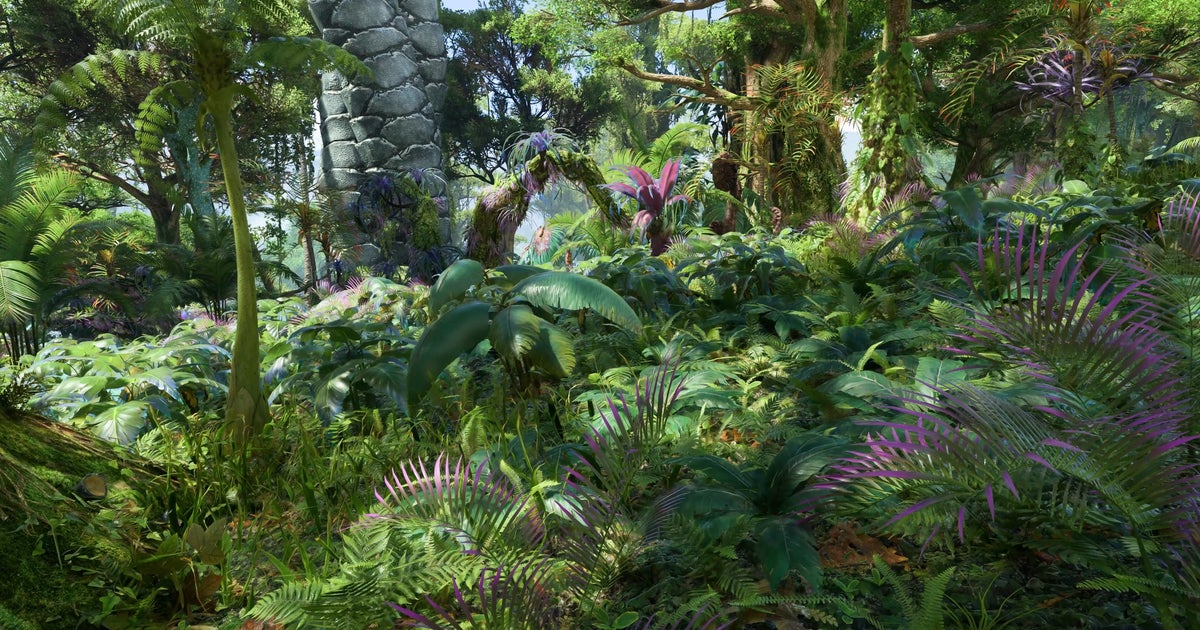So it uses mesh shaders/primitive shaders on consoles, but on PC just yet. Would love to see the performance uplift when they do add support for it.
Yeah, this part caught my eye. I'm unsure if there are significant performance penalties, however. He does mention that it was challenging to optimize mesh shading and that the vanilla rasterization is still really fast.
Would be interested to know the performance differential. 1%? 5%? 10%? It mustn't be all that huge because the game still performs rather well on PC I believe. Their much larger team also allowed them to use the old vertex shader path, unlike Remedy with Alan Wake II who just ditched it.
Based on this, I'm expecting consoles to have a significant performance advantage over PC-equivalent hardware. Hopefully, Alex can do a side-by-side and we might have some insight as to how much more performant mesh shading is.
Edit: Another interesting aspect.
Oleksandr Koshlo: We have a custom solution for the BVH on consoles. Since we are not relying on their APIs, we pre-build the bottom-level BVH for meshes offline to get higher quality. Then we built our own custom solution for the BVH in a way that allows us to build the top-level BVH on the CPU -whereas with DXR and existing APIs, the way you do this is that you send all of your instances to the GPU, and the GPU creates an acceleration structure. We rely on caching a lot, and we only rebuild things that have changed. This allows us to actually efficiently build the top level on the CPU and saves us some GPU time on that.
The implication here is that the BVH on consoles is entirely run on the CPU (with the bottom-level being rendered "offline") and looking at online benchmarks, this game is very well-optimized on that front. On PC, they use precious GPU rendering time to build the bottom-level BVH and build the top-level on the CPU. Combined with the lack of mesh shader support, it seems the GPUs on PCs do quite a bit more work for the same results on consoles. This is a case of "console optimization" where the fixed hardware for consoles makes it that much easier to develop.
Not expecting the 2070S to keep up with the consoles at all in this game. This might be another case where they perform more in-line with higher-end GPUs like a 2080 Ti/3070.

